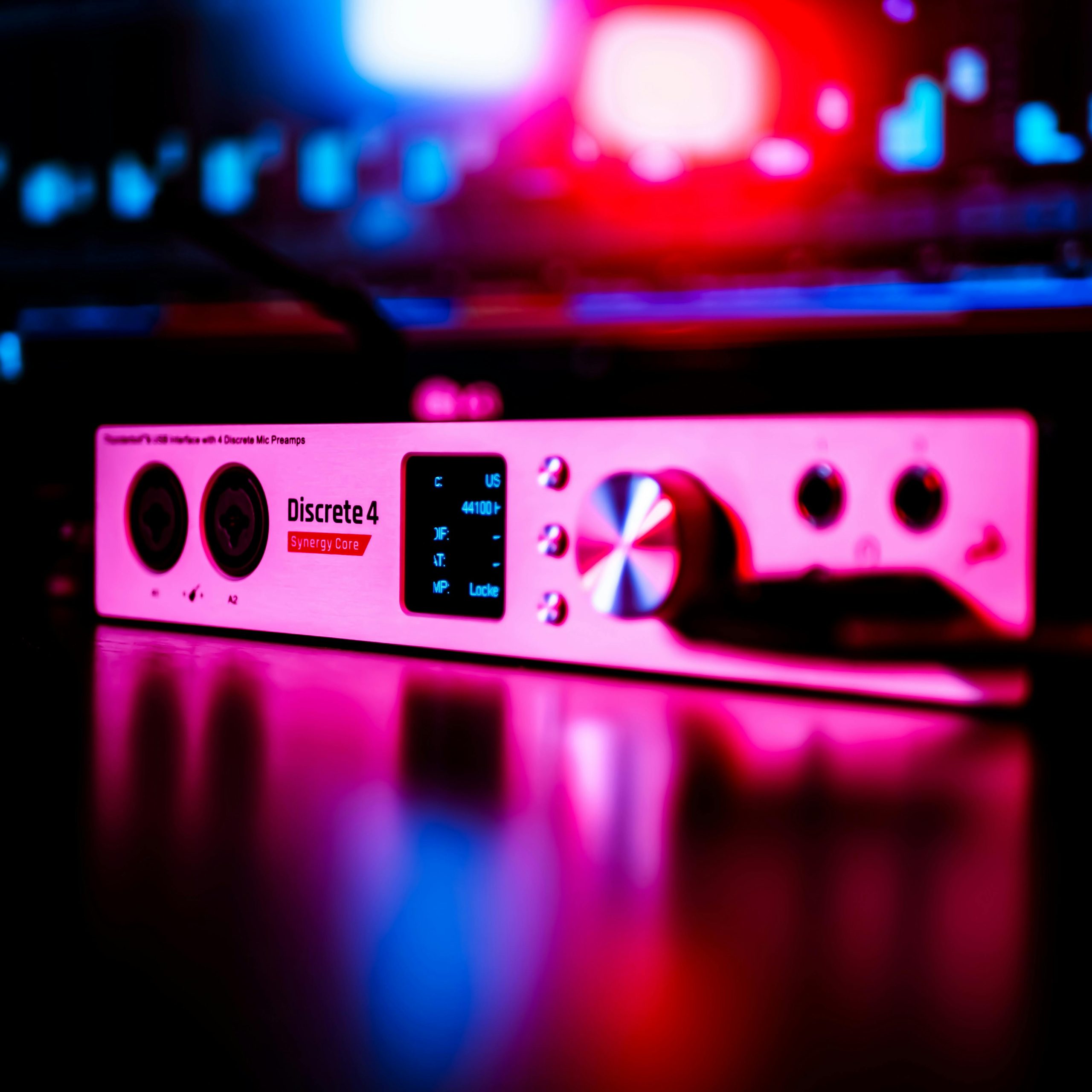2030 Vision: The Future of AI Voice Detection

AI Voices Are Only Getting Better
From viral fake Drake songs to AI-cloned celebrity narrators, synthetic voices are becoming harder to spot. What sounds real today could easily be generated tomorrow. By 2030, detecting AI voices won’t just be a side tool, it will be a must-have for protecting trust in music, media, and even everyday communication.
Smarter Tools on the Horizon
Detection tech is advancing fast. Future tools won’t only check pitch or waveforms; they’ll go deeper. We’re talking about analyzing breathing patterns, micro-pauses, speech rhythm, and even “forensic fingerprints” left behind by AI voice models. These hidden markers are impossible for humans to notice but will be crucial for spotting fakes at scale.
Why It Matters for the Industry
For labels, publishers, and streaming platforms, AI voice detection could soon become standard protocol. Imagine uploading a track in 2030: before it’s live, the system instantly verifies whether the vocals are human, AI, or a mix of both. That means cleaner catalogs, fewer fake uploads, and fairer royalty distribution. No more blurred lines about who gets credit or paid.
Artists Will Benefit Too
Detection isn’t just for corporations. Singers and songwriters will also gain. Verified “human voice” badges could help artists prove authenticity, while ethical creators who use AI transparently might receive a different certification. Instead of banning AI altogether, detection gives listeners clarity and helps artists showcase their originality.
How aimusicdetection.com Fits In
That’s exactly where aimusicdetection.com steps in. Our platform is built to help artists, labels, and platforms stay ahead by detecting AI-generated voices with accuracy. Whether it’s protecting an entire catalog, preventing fake submissions, or simply giving audiences peace of mind, aimusicdetection.com is here to make sure authenticity remains front and center.
The Big Question
At the end of the day, technology is only part of the solution. The bigger question is: how will society choose to use it? By 2030, we may see rules requiring AI voice labels, industry standards for transparency, or even new categories of music that proudly blend human and machine. One thing is clear, AI voice detection will shape the way we listen, trust, and connect with music for years to come.
